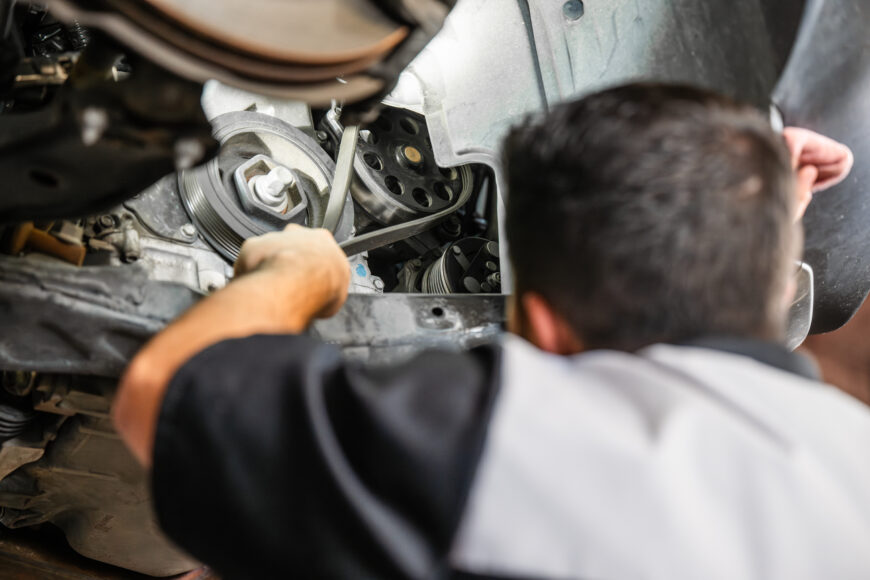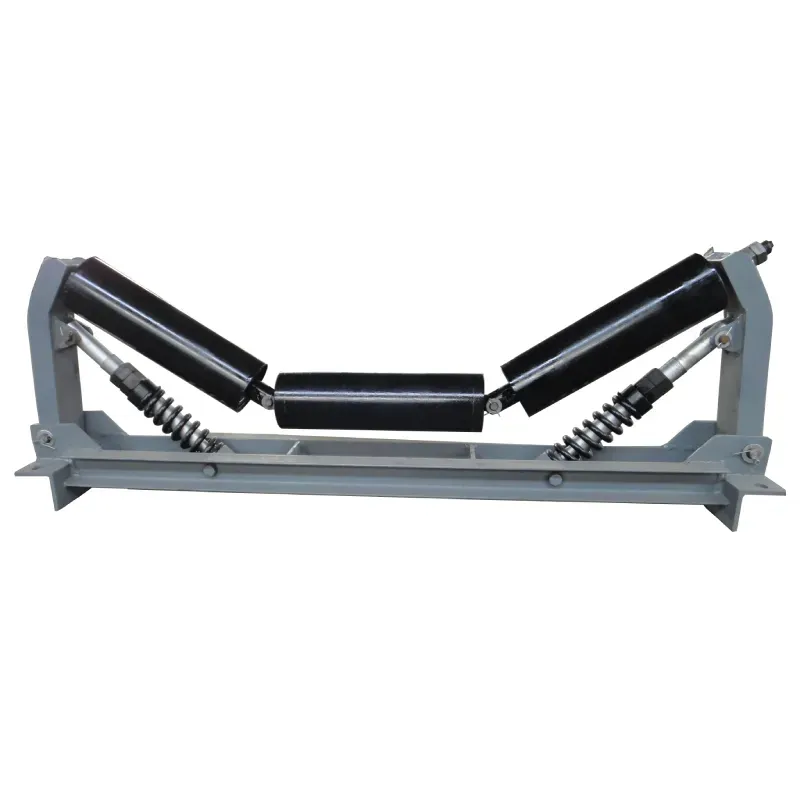 Afrikaans
Afrikaans  Albanian
Albanian  Amharic
Amharic  Arabic
Arabic  Armenian
Armenian  Azerbaijani
Azerbaijani  Basque
Basque  Belarusian
Belarusian  Bengali
Bengali  Bosnian
Bosnian  Bulgarian
Bulgarian  Catalan
Catalan  Cebuano
Cebuano  Corsican
Corsican  Croatian
Croatian  Czech
Czech  Danish
Danish  Dutch
Dutch  English
English  Esperanto
Esperanto  Estonian
Estonian  Finnish
Finnish  French
French  Frisian
Frisian  Galician
Galician  Georgian
Georgian  German
German  Greek
Greek  Gujarati
Gujarati  Haitian Creole
Haitian Creole  hausa
hausa  hawaiian
hawaiian  Hebrew
Hebrew  Hindi
Hindi  Miao
Miao  Hungarian
Hungarian  Icelandic
Icelandic  igbo
igbo  Indonesian
Indonesian  irish
irish  Italian
Italian  Japanese
Japanese  Javanese
Javanese  Kannada
Kannada  kazakh
kazakh  Khmer
Khmer  Rwandese
Rwandese  Korean
Korean  Kurdish
Kurdish  Kyrgyz
Kyrgyz  Lao
Lao  Latin
Latin  Latvian
Latvian  Lithuanian
Lithuanian  Luxembourgish
Luxembourgish  Macedonian
Macedonian  Malgashi
Malgashi  Malay
Malay  Malayalam
Malayalam  Maltese
Maltese  Maori
Maori  Marathi
Marathi  Mongolian
Mongolian  Myanmar
Myanmar  Nepali
Nepali  Norwegian
Norwegian  Norwegian
Norwegian  Occitan
Occitan  Pashto
Pashto  Persian
Persian  Polish
Polish  Portuguese
Portuguese  Punjabi
Punjabi  Romanian
Romanian  Russian
Russian  Samoan
Samoan  Scottish Gaelic
Scottish Gaelic  Serbian
Serbian  Sesotho
Sesotho  Shona
Shona  Sindhi
Sindhi  Sinhala
Sinhala  Slovak
Slovak  Slovenian
Slovenian  Somali
Somali  Spanish
Spanish  Sundanese
Sundanese  Swahili
Swahili  Swedish
Swedish  Tagalog
Tagalog  Tajik
Tajik  Tamil
Tamil  Tatar
Tatar  Telugu
Telugu  Thai
Thai  Turkish
Turkish  Turkmen
Turkmen  Ukrainian
Ukrainian  Urdu
Urdu  Uighur
Uighur  Uzbek
Uzbek  Vietnamese
Vietnamese  Welsh
Welsh  Bantu
Bantu  Yiddish
Yiddish  Yoruba
Yoruba  Zulu
Zulu Noisy Idler Pulley: Symptoms & Causes

When abnormal noises appear from under the hood, it can cause concern that a serious problem is occurring. In some instances, however, the whirring, chirping, or rumbling sound your ear detects is a relatively straightforward fix if you deal with it in time. That’s the case when you have in idler pulley noise.
Replacing an idler pulley or tensioner is bound to be necessary at some point in a vehicle’s lifetime, and parts are often under $100. Here’s what you need to know to identify the symptoms and figure out why it happened in the first place, along with common repairs.
Introduction to Idler Pulleys
An idler pulley serves as a guide for the engine drive belt, ensuring it remains properly aligned and maintains the correct tension as it transmits power to various engine accessories including the alternator, air conditioning compressor, and power steering pump. Typically, it consists of a flat wheel that spins freely on a sealed bearing.
Without it, the serpentine belt could become misaligned or lose tension, and your engine accessories may not have enough tension to spin. This not only affects the vehicle’s performance but can also cause significant wear and tear on other components, potentially leading to costly repairs.
Symptoms of a Noisy Idler Pulley
One of the most common symptoms of a noisy idler pulley is a high-pitched squealing or whining noise coming from the engine bay. This noise is usually more noticeable when the engine is idling or during acceleration. The squealing sound is typically caused by the pulley bearings wearing out, leading to friction between the moving parts.
Another symptom to watch for is vibrations coming from the area around the tensioner pulley. These vibrations can be felt through the steering wheel or the vehicle’s chassis. They are often a sign that the pulley is not rotating smoothly due to worn-out bearings or misalignment.
If you notice unusual wear on the drive belt such as fraying, it could be an indication that the idler pulley is not functioning correctly. A misaligned or poorly functioning idler pulley can cause the belt to rub, leading to premature wear and potential belt failure.Causes of Noisy Idler Pulleys
In many cases, bad idler pulley symptoms come on slowly and progressively get worse. That’s normal, no matter which of these common causes is the root of the problem.
Worn-Out Bearings
The most common cause of a noisy idler pulley is worn-out bearings. The bearings in the pulley can degrade over time due to constant use, exposure to high temperatures, and lack of lubrication. When the bearings wear out, they create friction between the pulley and the belt, resulting in that characteristic squealing noise.
Belt Misalignment
Belt misalignment is another frequent cause of idler pulley noise. If the belt is not properly aligned with the pulleys, it can put additional stress on the idler pulley, causing it to squeal. Misalignment can occur due to improper installation or wear and tear on other components in the belt drive system.
Lack of Lubrication
Lack of lubrication is a less common but possible cause of a noisy idler pulley. Over time, the lubricant in the pulley bearings can degrade or become contaminated, leading to increased friction and noise. Regular maintenance, including lubrication when it’s possible, can help prevent this issue.
Diagnosing and Fixing Noisy Idler Pulleys
Other issues can mimic bad tensioner pulley symptoms like a glazed belt or an alternator pulley issue, so identifying the root of the symptom is key.
- Start by performing a visual inspection of the idler pulley and the surrounding components. Look for signs of wear, damage, or misalignment.
- Check the condition of the drive belt and ensure it is properly tensioned and aligned.
- Use a mechanic’s stethoscope or a similar tool to listen for noises coming from the idler pulley.bCarefully listen for any squealing, whining, or grinding sounds that indicate worn-out bearings or other issues.
Depending on the severity of the problem, you may need to repair or replace the idler pulley. If the bearings are worn out, replacing the pulley is often the best solution. In some cases, you may be able to lubricate the bearings to reduce noise temporarily, but this is typically a short-term fix.
Preventive Maintenance for Idler Pulleys
Make it a habit to inspect your drive belt regularly. Look for signs of wear, cracks, or fraying, and replace the belt if necessary. Keeping the belt in good condition helps ensure the idler pulley operates smoothly.
While many modern idler pulleys are sealed and can’t be lubricated, older models may benefit from periodic lubrication. Consult your vehicle’s maintenance manual to determine if lubrication is needed and what type of lubricant to use.
For optimal performance and life of your idler pulley and other engine components, consider having your vehicle inspected by a professional mechanic regularly. They can perform thorough check-ups, identify potential issues early, and provide expert advice to keep your vehicle running smoothly.
-
Revolutionizing Conveyor Reliability with Advanced Rubber Lagging PulleysNewsJul.22,2025
-
Powering Precision and Durability with Expert Manufacturers of Conveyor ComponentsNewsJul.22,2025
-
Optimizing Conveyor Systems with Advanced Conveyor AccessoriesNewsJul.22,2025
-
Maximize Conveyor Efficiency with Quality Conveyor Idler PulleysNewsJul.22,2025
-
Future-Proof Your Conveyor System with High-Performance Polyurethane RollerNewsJul.22,2025
-
Driving Efficiency Forward with Quality Idlers and RollersNewsJul.22,2025






























